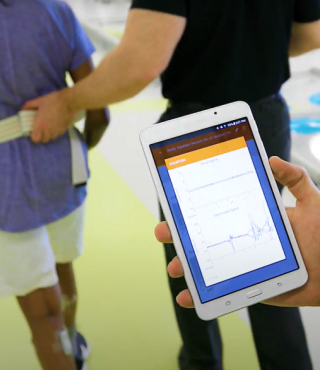Concurrent validity:
Specific Learning Disabilities: (Kose et al., 2019; 7-10 year old children: n = 48 children with specific learning disabilities, mean age = 8.43 (1.12) and n = 48 normal children from relatives, mean age = 8.22 (0.99), evaluated according to core outcome set (COS) standards)
- The MVPT-4 met the COS standards for criterion validity.
Mild Cognitive Impairment Among Older Adults: (Chang et al., 2022; n = 36, female = 30, age >= 60, mean age = 72.86 (9.43), exclusion criteria: history of stroke, dementia, brain injury, long-term use of sleeping pills or tranquilizers, retinopathy or optic nerve-related diseases; Taiwanese sample, Chinese translation of MVPT-4)
- Excellent concurrent validity between the MVPT-4 and Addenbrooke’s Cognitive Examination III (ACE-III) (r = 0.741, p = 0.001)
Predictive validity:
Mild Cognitive Impairment Among Older Adults: (Chang et al., 2022; n = 36, Taiwanese sample, Chinese translation of MVPT-4)
- Significantly higher scores for those with normal ACE-III scores compared to those with abnormal ACE-III scores on overall MVPT-4 and all MVPT-4 subscales (t = -3.49 to-7.47, p < 0.001)
- Linear regression (forward) revealed excellent predictive validity for MVPT-4 visual memory (β = 0.38) and peripheral awareness (β = 0.68) that combined accounted for 71.9% of the variance of the ACE-III total score.
- Similar analyses revealed adequate predictive ability for MVPT-4 total score (β = 0.34) and peripheral awareness (β = 0.60) that accounted for 65.1% of the variance of the ACE-III memory score.


